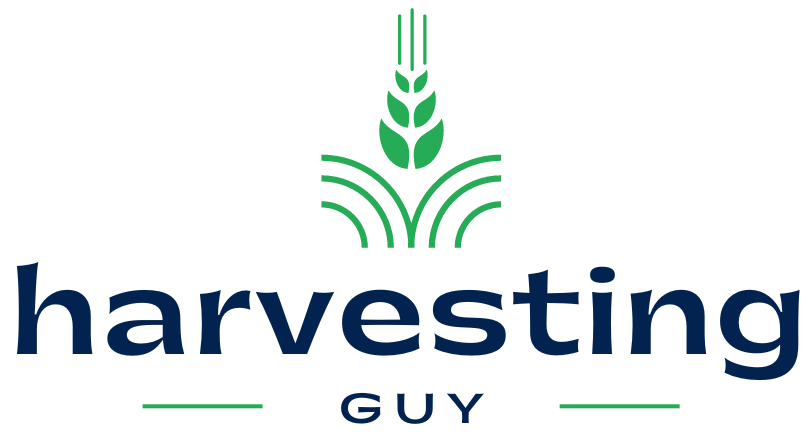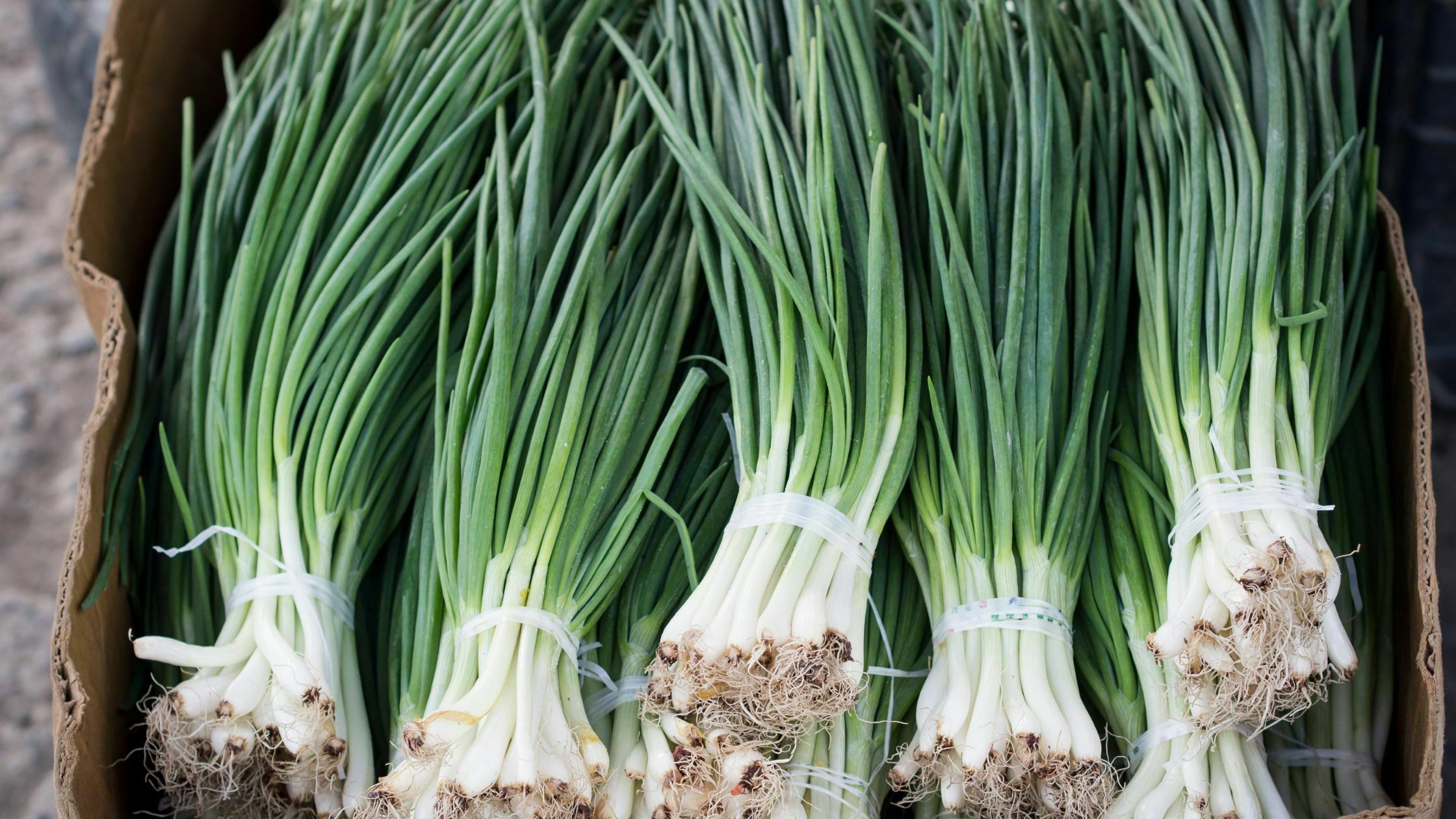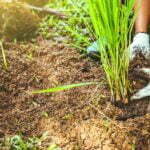Are you a fan of chives and always make sure you have them on hand all the time? We hear you. Then have you ever thought about growing your own chives? If you’ve been secretly wishing to grow your own chives, then there are a few things you need to learn, including how to harvest chives.
Not only do chives taste good, but they are also easy to grow in the right climate conditions. Chives have tons of culinary uses; they can be added to salads, soups, meat dishes, in cheeses; the possibilities are endless. As you can tell, growing your own chives to have on hand is a great idea.
Though it may seem a little intimidating, especially if you are new to growing your own plants, you have nothing to worry about. Harvesting chives is fairly simple, and after reading this article, you’ll feel like a pro. Continue reading and take notes about how to harvest chives properly.
How to Harvest Chives
- Begin harvesting chive leaves about 30 days after your transplant or 60 days after seeding.
- Be sure to cut the leaves down to the base when harvesting; within 1 to 2 inches of the soil.
- Harvest 3 to 4 times during the first year. In subsequent years, cut plants back monthly.
- The chive plant will flower in late spring or early summer. The flowers are edible and taste best after opening; they should look full and bright.
Recommended Product: 8 Inch Food-Kitchen Scissors
[amazon box=”B082S66Z33″ class=”lp-product-list” template=”vertical” image_size=”large” title=” ” image_alt=”alttexthere” description=”none” price=”none” button_text=”Check Latest Price” ]
Kitchen scissors with sharp and precise stainless steel blades are great for cutting meat, chicken, bread, vegetable, etc.
These are built-in bottle openers and nutcracker Kitchen scissors with a non-slip, comfortable grip for easy use.
These scissors make tasks around the kitchen and don’t mangle what you are cutting with stainless steel blades that won’t rust.
Features:
- Dishwasher safe
- Rust and corrosion-resistant
- Stainless Steel
Recommended Product: Sharp Bypass Pruning Shears
[amazon box=”B01HHK9JG6″ class=”lp-product-list” template=”vertical” image_size=”large” title=” ” image_alt=”alttexthere” description=”none” price=”none” button_text=”Check Latest Price” ]
With a bypass cutting tool, you draw a curved or straight blade past another blade; this creates a scissor-like motion that works well for cutting live green plants.
The spongy, firm outer wall surrounding the stem yields easily to that bypass motion. With an anvil cutting tool, you bring down a straight blade against a wide anvil, usually made of steel or hard rubber.
Features:
- Ultra-fine Polishing Technology
- Ergonomically designed
- Non-slip handles
Recommended Product: Kitchen Shears
[amazon box=”B07JNKH6RX” class=”lp-product-list” template=”vertical” image_size=”large” title=” ” image_alt=”alttexthere” description=”none” price=”none” button_text=”Check Latest Price” ]
Sharp, precise cuts are literally at your fingertips. These shears require minimal effort and make tasks around the kitchen, house, and garden easier.
They don’t mangle what you are cutting, either. Solid and well-built, they are powerful and dependable with stainless steel blades that won’t rust.
Multi-purpose scissors can cut chicken/poultry, meat, vegetables, fresh and dried fruits, herbs, chocolate, and even string, packaging, and flower stems.
Features:
- Stainless Steel
- Dishwasher Safe
- Multi-purpose scissors
How to plant chives?
- Sow seeds about 2 inches apart and no more than ¼ inch deep.
- Cover with a thin layer of soil.
- Once seedlings emerge, thin so that plants are spaced between 4 to 6 inches apart in all directions.
- Chives grow best in full sun, though they will tolerate light shade.
- Soil needs to be moist, fertile, rich, and well-draining.
How to grow chives?
- Minimal care is needed for fully-grown, established plants.
- Although chives are drought-tolerant, it’s important to give them consistent watering. Moisten the soil thoroughly when watering.
- Chives’ small bulbs grow near the soil surface, so use a mulch to conserve moisture and keep the weeds down.
- For good production, top-dress with a nitrogen-heavy fertilizer.
- After the flowers bloom, remove them so the seeds aren’t spread throughout your garden.
- Remember to divide the plants every 3 to 4 years in the spring.
Aspects to consider when growing chives?
- Light: Partial shade or full sun, but can even adapt to low light.
- Soil: High-standard potting soil and good drainage (rich soil preferred).
- Fertility: light to the medium fertile soil.
- pH- 5.8 to 7.0
- Temperature: Cool to warm (60-70 degrees F (15.5-21 C)
- Moisture: Keep the soil moist
- Plant spacing: 15 to 24 inches of row-to-row distance.
- Harvesting frequency: every 2 to 3 weeks
Do chives regrow after cutting?
Yes, chives do regrow after cutting. Pruning promotes plants’ healthy growth and keeps them returning with renewed vigor. You can maintain a beautiful chives garden by staying on top of the harvest.
How do you harvest chives without killing the plant?
The direct and more straightforward technique of harvesting chives is with kitchen scissors or herb scissors. Just grab the leaves in your hand and cut them close to the ground. However, leave around 2-3 inches (5-8 cm) of leaves from the ground to allow them to grow again.
How do you know when chives are ready?
When the plant is at least six inches tall, wait to harvest your chives. Blossoms: Clip the flower at the base of its stem. The stem is edible but is often tougher and woodier in taste than its leaves. Chives flower between May and June, and the blossoms are tasty in salads and chive blossom vinegar.
How do you cut fresh chives?
- Cut all the scrapes in the chive plant down to 1 or 2 inches above ground level using a pair of sharp scissors or a knife.
- Begin harvesting the chives at maturity, at least 60 days after sowing seeds, or 30 days after transplanting young plants.
- Gather several scrapes in one hand and cut with the other, so you don’t have to pick up individual leaves after cutting.
- Harvest the chives another two or three times throughout the first year, waiting until the chives reach at least 4 inches tall before harvesting.
- Harvest the chives about once monthly in the second and subsequent years. If the plant goes to flower, harvest immediately when flowers expire to prevent the plant from seed; trim the flowers from the ends and discard.
How should you store chives?
Use chives when fresh or frozen (freeze the leaves in an airtight bag). Dried chives lose their flavor.
Store chives in a cool place in a resealable container.
Recommended Product: Rubbermaid Brilliance Container
[amazon box=”B07X1TMQ34″ class=”lp-product-list” template=”vertical” image_size=”large” title=” ” image_alt=”alttexthere” description=”none” price=”none” button_text=”Check Latest Price” ]
Brilliance plastic containers have built-in vents under the latches that allow splatter-resistant microwave reheating with the lid on.
BPA-free containers stack perfectly to one another to save space and stay organized in the fridge or cabinet, and are safe for the dishwasher and freezer.
Food containers are clear like glass, so you can always see what’s inside, but they are light and easy to carry.
Features:
- BPA free
- Microwave safe
- Dishwasher safe
Additional tips on How to Harvest Chives
- Chives tend to grow taller in the second year of growth, but you don’t necessarily have to wait until they reach their full potential before harvesting.
- Although you should trim the chives at the base of the plants to encourage regrowth, the best flavor is found at the tips.
- Chives might be ready for the first harvest as early as 60 days after sowing seed or 30 days after transplanting, but it can take up to 90 days after sowing seed and 60 days after transplanting.
- Harvest when the plants have grown to well-established clumps 8 to 12 inches tall.
- If you need a few chives, harvest from outside the clump. Sharp scissors work best as they will not rip the plant-like dull scissors will. Leave the rest to grow.
- Before using your chives, rinse them under cool, running water to remove any dirt or debris from the garden.



